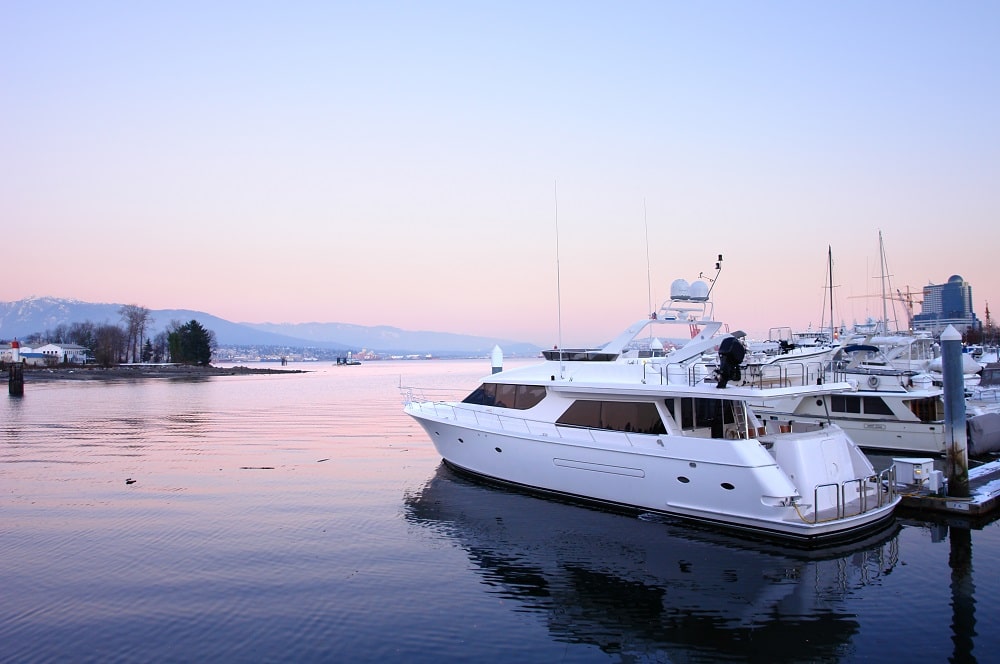Table of Contents
Spring has arrived, which means it’s time for boat owners to dust off the covers and prepare for the boating season. However, before you hit the water, make sure your boat is in good condition and ready for the season ahead with proper marine service management. To achieve this, a spring commissioning checklist can come in handy.
A comprehensive spring commissioning checklist covers everything from inspecting the hull and checking the electrical system to ensuring that all safety equipment is up to date and in working order. But what should your checklist include? Which tasks are essential and which can be skipped? In this blog, we’ve chalked out the perfect spring commissioning checklist for you.
Boats are typically winterized after being drained of water and fuel, and having their systems and components protected with antifreeze. This is done to protect against corrosion and protect against freezing temperatures.
De-winterizing your boat, a crucial marine service management practice entails reversing these protective measures by flushing the engine with antifreeze, replacing drained fluids, checking the battery, inspecting hoses and testing the electrical system. This ensures that all systems and components are in good working order and that any issues can be identified and repaired before you use your boat.
On the other hand, failure to properly de-winterize your boat can cause mechanical problems, electrical problems or even safety hazards, which can ruin your boating experience or lead to accidents on the water. Thus, it is critical to de-winterize your boat before taking it out on the water, which includes the following steps:
There are several steps to commissioning your boat’s HVAC system, as part of marine service management:
-
To begin with, inspect and clean the air filters at least once a year, or more frequently if your boat is frequently used. Filters that are dirty reduce system efficiency, encourage mold and bacteria growth and reduce indoor air quality.
-
Second, turn off the system, remove the cover and clean the condenser coils with a soft brush, compressed air, or mild detergent and a hose.
-
Third, use a gauge and charging hose to check the refrigerant levels once a year and add refrigerant as needed.
-
Finally, using a soft brush, compressed air and an inspection for damage, clean and adjust the blower components, including the blower assembly, blower wheel and blower motor belt.
A boat’s plumbing system needs to be maintained regularly to remain in good working order; here’s how:
-
Begin your marine service management by inspecting and flushing the water heater to remove any accumulated sediment or debris.
-
Proceed to inspect the drain lines for clogs or damage and clear them as needed. To dissolve any buildup, you can clean the lines with hot water and vinegar.
-
Check the water pressure and set it to the recommended level to protect the plumbing system and fixtures.
-
Last but not least, test and calibrate the thermostat to ensure the boat is properly heated and cooled. For dependable operation, thermostat batteries should be replaced every season.
To learn about 4 effective tips for marine fuel management, read this.
Before you take your boat out on the water, check whether the electrical system and safety features are in good working order through proper marine service management. Here’s how it’s done:
-
Firstly, inspect and tighten all electrical connections, as loose connections can lead to poor performance or fires.
-
Next, test all smoke and carbon monoxide detectors, ensuring the batteries are fully charged and if necessary, replacing them.
-
Lastly, inspect and replace the batteries in all alarms and detectors, including bilge pumps and navigation lights, and keep extra batteries on hand in case of an emergency.
Remember, always inspect all boat systems, address any issues as soon as possible and keep your safety plan up to date. When in doubt, seek the advice of a reputable marine professional. By approaching this checklist with caution, you can avoid unexpected breakdowns and costly repairs, as you make the most of your time on the water.
To simplify your boat management process with Dockmaster – an industry-leading marine management software, click here.
